When you've put together a few simpler single-engine models, maybe an FT Simple Scout or FT Mustang for example, you may want to move onto something a little more complex. A twin-engine plane may be the way to go. However, there are a few things to consider before adding more motors! Here's a quick guide.
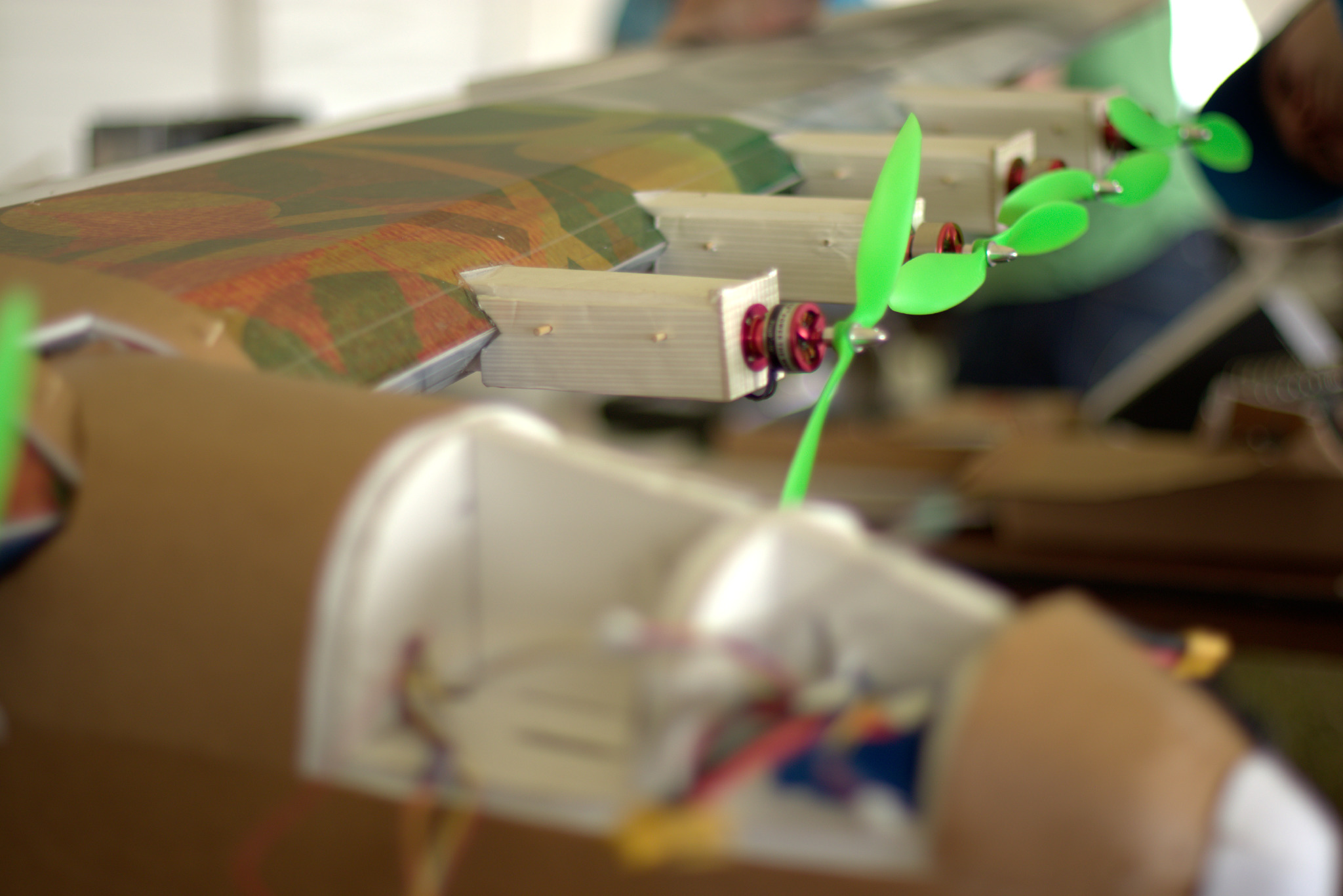
Simple Wiring
Often, you can get away with using 'Y' harnesses to run both of your motors from your throttle channel. You can use these to link two ESC leads together so that they can both be plugged into the throttle channel of your Rx (receiver). This is what I've done before and it works just fine! When you throttle up on your transmitter, both motors will throttle up at the same time.
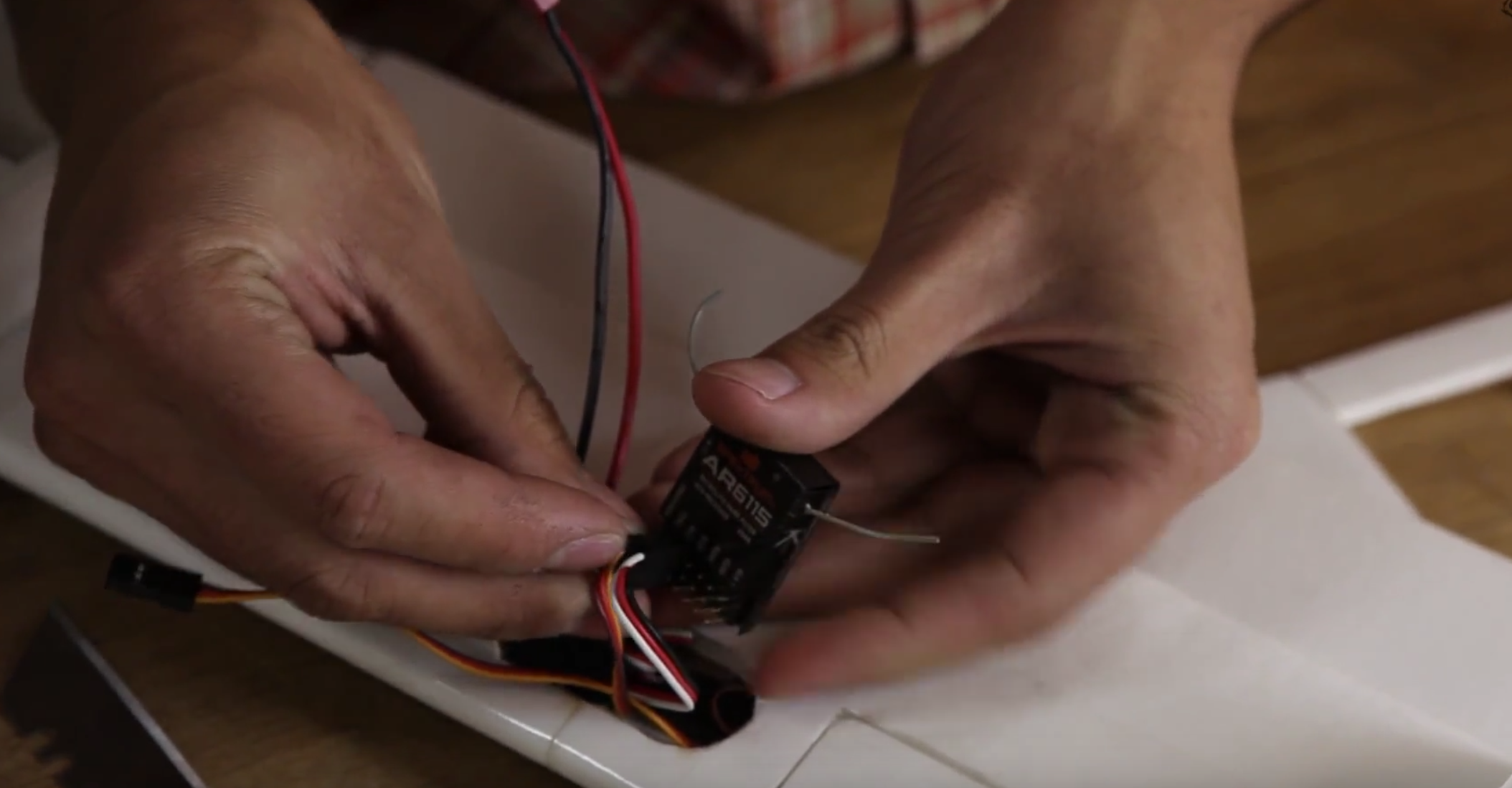
Differential Thrust
If you have a radio capable of delivering differnetial thrust, you can set up your multi-engined airplane to have variable speeds on each motor. You can use this for yaw control which is especially helpful in coordinated turns and when taxiing. For this, you can plug one motor lead into your throttle and one into an auxiliary channel. After this, you can programme your radio. Here's a video that explains how to do this.
Battery
In terms of batteries, you can combine your LiPo leads with a special battery 'y' harness that will split your current to each ESC. You'll need a battery with a relatively high C rating that's capable of outputting the required power to both motors. Of course, if you wanted to, you could just have two batteries, each assigned to a separate motor. That's how many of my twin-engined projects have been designed so that the battery can fit into the engine nacelle, leaving the fuselage empty for whatever else!
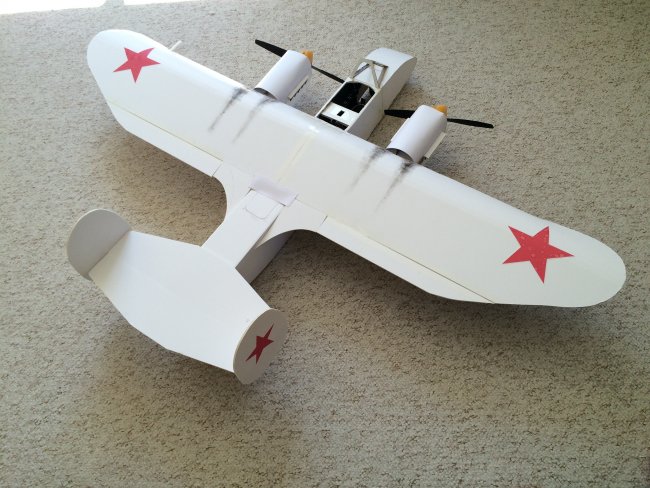
With some models, it may be impractical to put batteries in every engine pod. In those cases, a big battery or collection of batteries in the fuselage may be preferable.

Design Tips
If you're considering designing your own multi-engine plane, there are a few differences to normal single-engine aircraft design that you may need to think about before diving in. Recently I came up with this model. It's a twin-engined plane that uses race quad motors and small 2s batteries.

When I was designing, I carefully considered the battery placement and centre-of-gravity (CG). The 2s 800mah batteries go in the engine nacelles meaning that the plane can balance well with its long tail. There wouldn't have been room for these in the nose of the fuselage, so this was essential. Also, as I was wanting to put an FPV mini cam in the cockpit, it was best if the nose was empty.
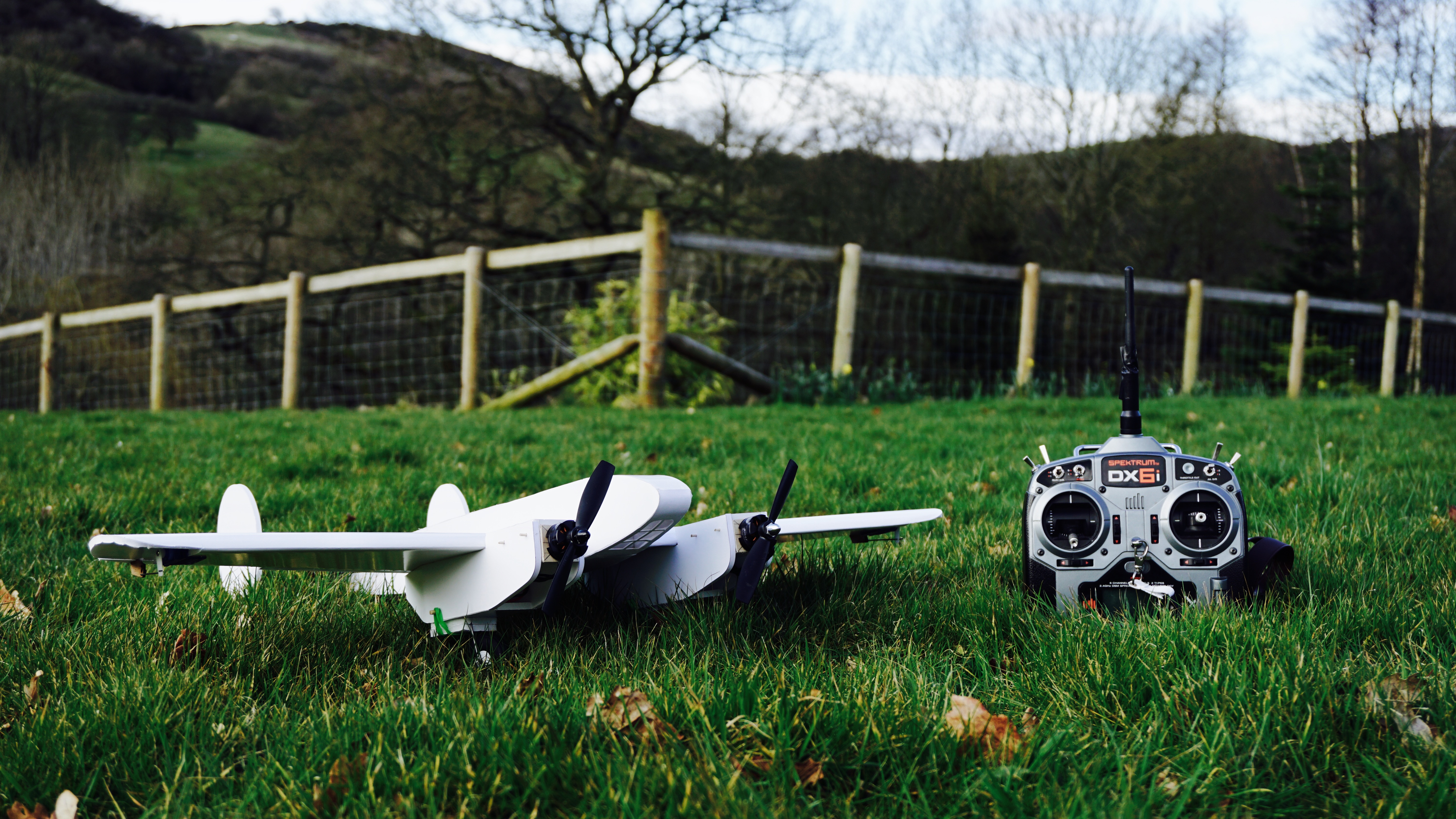
I also considered the wiring of the wings; as this is a model that has engine pods slung under the wings, there were a lot of wires going through the wings into the centre fuselage. To keep on top of them, I made sure I carefully routed them next to the wing spar. It can be easy to slip up and forget to install some wires, so writing a plan or checklist might be a good idea. That way, you'll be able to remember everything!
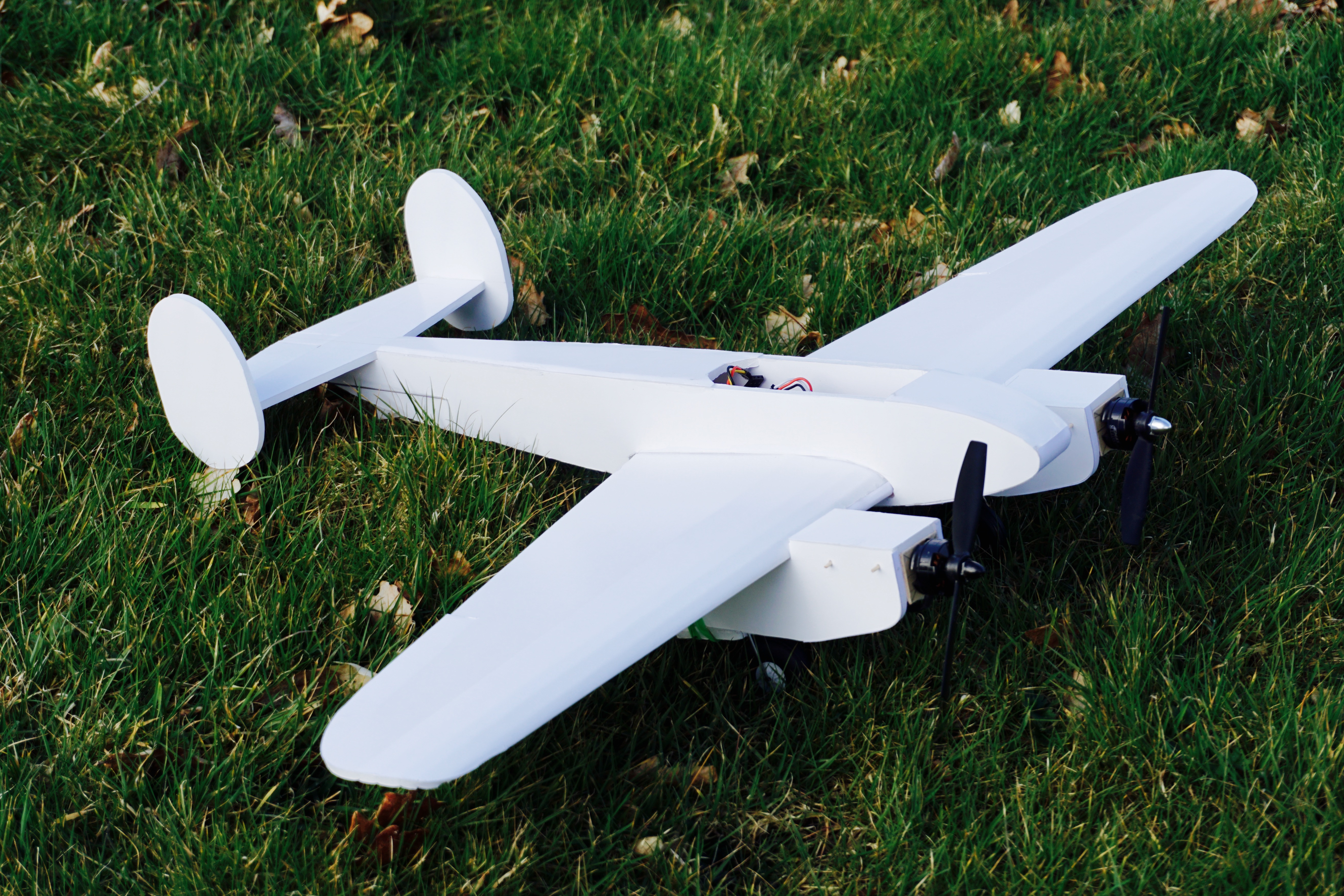
If you want to see more about how I put together this new model, check out the build video showing concept to finished product.
If you enjoyed this article and found it informative, make sure you rate it! This means the good stuff will rise to the top and more people will benefit from them.
Remember to share your own projects here on flitetest.com!
Article by James Whomsley
Editor of FliteTest.com











Log In to reply
- James
Log In to reply
Log In to reply